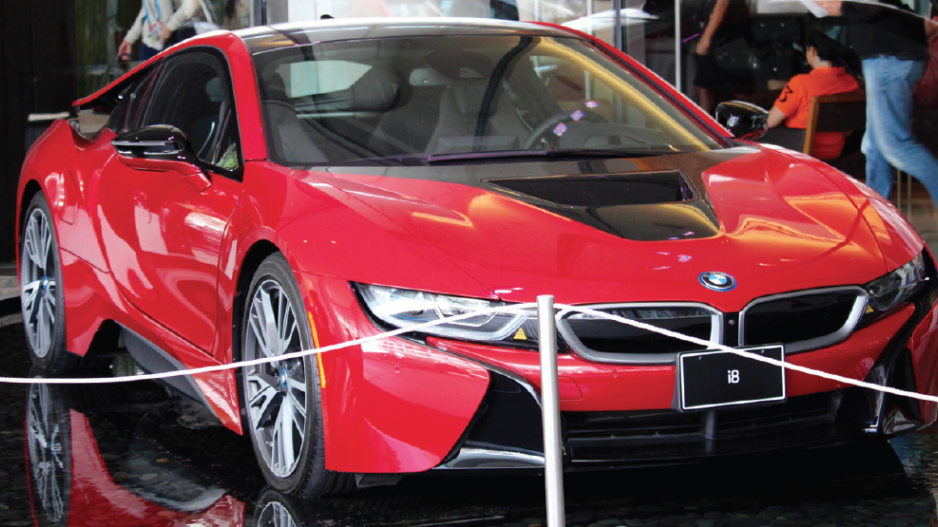Zero-emission vehicles accounted for 3.5% of new passenger car sales in sa╣·╝╩┤½├Į ŌĆö with sa╣·╝╩┤½├Į leading the pack since a new federal subsidy was introduced in May, said a new report by Electric Mobility sa╣·╝╩┤½├Į.
For the third quarter (July through September), zero emission vehicles accounted for about eight per cent of new light duty vehicle sales in sa╣·╝╩┤½├Į Year-to-date, the vehicles accounted for 8.5% of new vehicle sales in sa╣·╝╩┤½├Į in 2019.
Quebec had the second-highest rate at seven per cent.
The spike in sales of battery electric, plug-in hybrids and hydrogen vehicles were the result of a new federal subsidy that can be stacked on top of provincial subsidies in both sa╣·╝╩┤½├Į and Quebec.
When the $5,000 federal rebate was combined with provincial subsidies, it meant British Columbians were eligible for up to $16,000 ŌĆö $5,000 under the sa╣·╝╩┤½├Į program and up to $6,000 for trading in an older car under the Scrap It program.
The province has since dropped the rebate to $3,000.
Under the CleanBC program, the province is mandating that 10 per cent of new cars sold in sa╣·╝╩┤½├Į to be low or zero emission by 2025. Year-to-date, sa╣·╝╩┤½├Į is already about two per cent away from that target.



